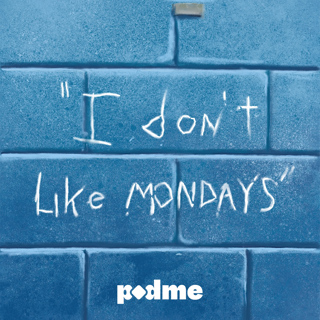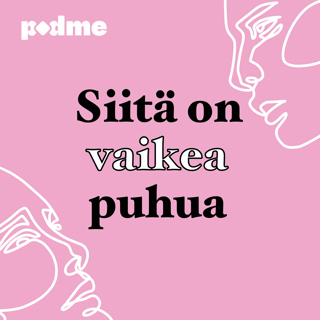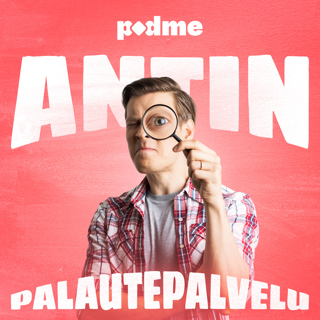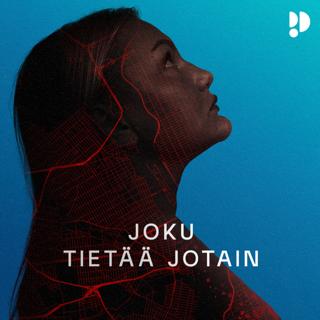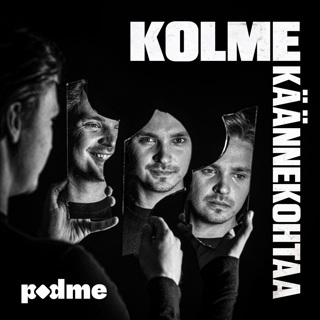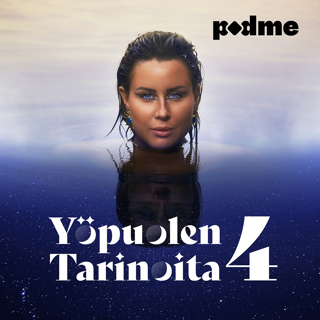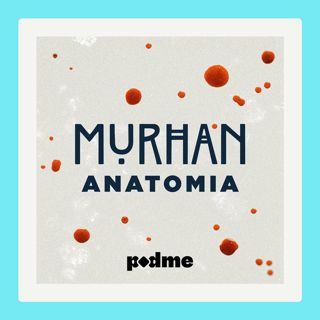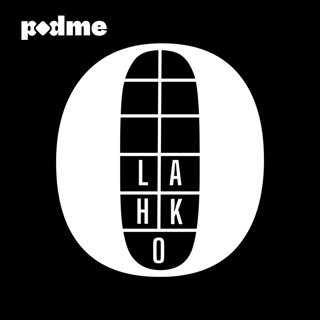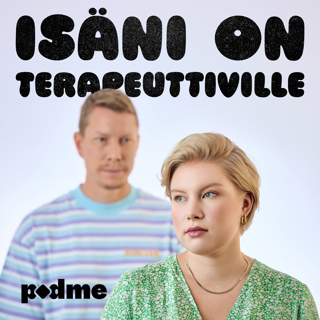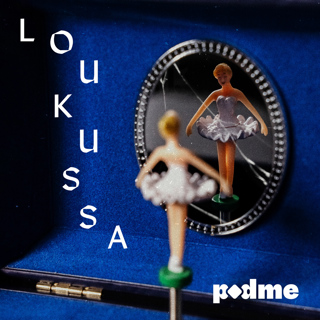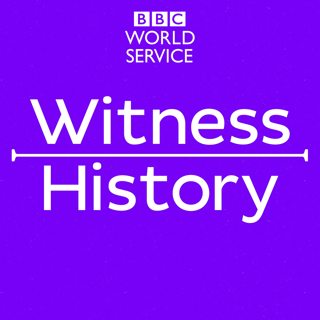
A Vet Remembers The Hyde Park Bombing
Two IRA bombs were detonated in Hyde Park and Regent's Park in London on 20th July 1982. They left 11 military personnel dead, and injured around 50 people. Seven horses were also killed as the Hyde Park bomb was detonated during the Changing of the Guard procession. Karen Gregor has been speaking to former Army vet, Paddy Davison, who was called to the scene.Photo: The covered bodies of horses lying in the road after the Hyde Park bombing. Credit: BBC
20 Heinä 20188min

The Nuclear Non-Proliferation Treaty
In July 1968 one of the most significant international treaties of the 20th-century was signed. The Nuclear Non-Proliferation Treaty was aimed at stopping the spread of nuclear weapons, obliging signatories not to pass nuclear technology on to others, and was the result of rare cooperation between Cold War adversaries, the United States and the Soviet Union. Louise Hidalgo talks to former Soviet diplomat, Roland Timerbaev, who helped draft the treaty.Picture: the mushroom cloud created by the explosion of an atomic bomb on the Japanese city of Hiroshima on 6th August 1945 (credit: Press Association)
19 Heinä 20189min

The Bombing of the King David Hotel
On July 22 1946 an armed Jewish group opposed to British rule in Palestine, attacked the iconic hotel in Jerusalem where the British had their headquarters. 91 people were killed in the bombing, dozens of others were injured. Shoshana Levy Kampos was a 21-year-old Jewish woman who worked for the British as a secretary. She tells Mike Lanchin about her lucky escape. Photo: Scene of wrecked King David Hotel in Jerusalem after bombing (Photo by Fox Photos/Getty Images)
18 Heinä 20188min

The Virgin Lands Campaign
To fight food shortages in the 1950s the USSR embarked on a major agricultural project to develop vast areas of previously uncultivated land in northern Kazakhstan. The project attracted hundreds of thousands of enthusiastic volunteers, but decades later it led to environmental problems. Dina Newman spoke to an agricultural volunteer, Rimma Busurova. Photo: Rimma Busurova and her classmates outside their dormitory in northern Kazakhstan; credit: Rimma Busurova family archive.
17 Heinä 20189min

The Killing of the Russian Tsar
The Russian Tsar Nicholas II and his wife, four daughters and young son, were shot in the cellar of a house in Yekaterinburg on 17 July 1918. Olga Romanoff is his great niece. She spoke to Olga Smirnova about his death and eventual reburial in St Petersburg. (Photo: Nicholas II, Tsar and his family. From left to right - Olga, Maria,Tsar Nicholas II,Tsarina Alexandra, Anastasia, Tsarevitch Alexei and Tatiana. Credit: Press Association
16 Heinä 20188min

Italy's 'Ghost Shipwreck'
In the summer of 2001, an Italian journalist used an underwater robot to find the remains of a shipwreck off the coast of Sicily which had killed nearly 300 migrants from South Asia. At the time this was the worst disaster of its kind in the Mediterranean but the few survivors had been ignored by officials and dismissed as fantasists. The discovery of the so-called “Phantom Shipwreck” caused an outrage in Italy. Simon Watts talks to Italian journalist Giovanni Maria Bellu and the former Observer correspondent in Rome, John Hooper, who also investigated the tragedy.(Photo: The remains of the "Ghost Shipwreck" filmed off the Sicilian coast. Credti: EPA/ANSA/La Repubblica)
13 Heinä 20188min

The Spiegel Affair
In the early 1960s a magazine article about West Germany's defence capabilities led to the imprisonment of seven journalists, a vehement debate about press freedom and a full-blown government crisis. Tim Mansel has been speaking to Franziska Augstein about her father Rudolf Augstein's part in the Spiegel Affair.Photo: Rudolf Augstein, the publisher of the magazine 'Spiegel' is escorted by the police. Credit: Keystone/Getty Images
12 Heinä 20188min

Smiling Buddha: India's First Nuclear Test
The inside story of how India secretly developed and exploded an atomic device in 1974. India called it a Peaceful Nuclear Explosion, though the experimental device was in effect a plutonium bomb. The test was seen as a triumph of Indian science and technology, but it led to the suspension of international nuclear co-operation with India, and spurred Pakistan to speed up development of its own nuclear bomb. Alex Last spoke to S.K Sikka, one of India's leading nuclear scientists, about his role in the secret project, code-named Smiling Buddha.Photo: A crater marks the site of the first Indian underground nuclear test conducted 18 May 1974 at Pokhran in the desert state of Rajasthan. (PUNJAB PHOTO/AFP/Getty Images)
11 Heinä 20189min




